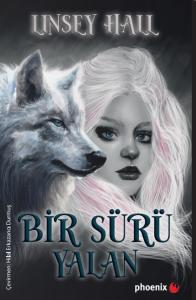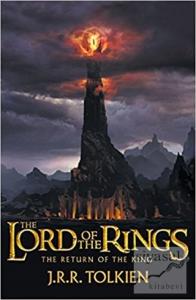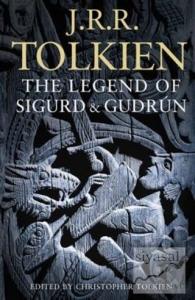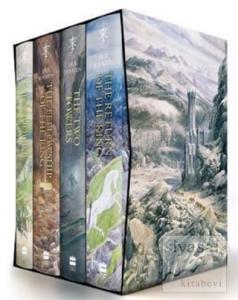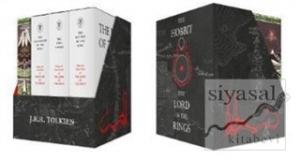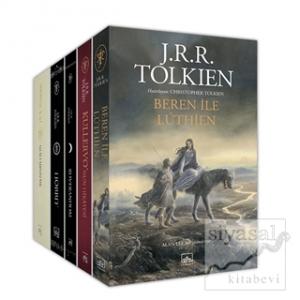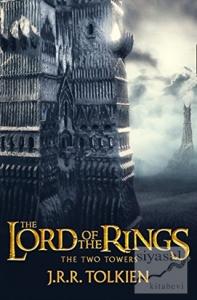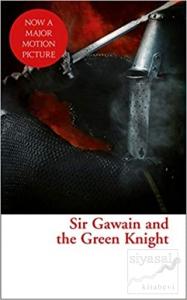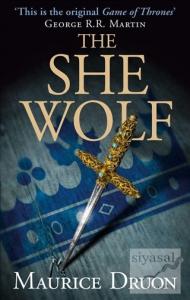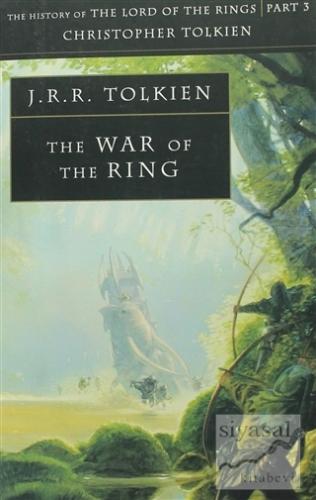
The War of the Ring takes up the story of The Lord of the Rings with the Battle of Helm's Deep and the drowning of Isengard by the Ents, continues with the journey of Frodo, Sam and Gollum to the Pass of Cirith Ungol, describes the war in Gondor, and ends with the parley between Gandalf and the ambassador of the Dark Lord before the Black Gate of Mordor. Unforeseen developments that would become central to the narrative are seen at the moment of their emergence: the palantir bursting into fragments on the stairs of Orthanc, its nature as unknown to the author as to those who saw it fall, or the entry of Faramir into the story (‘I am sure I did not invent him, I did not even want him, though I like him, but there he came walking through the woods of Ithilien').
The book is illusrated with the plans and drawings of the changing conceptions of Orthanc, Dunharrow, Minas Trith and the tunnels of Shelob's Lair.
The War of the Ring takes up the story of The Lord of the Rings with the Battle of Helm's Deep and the drowning of Isengard by the Ents, continues with the journey of Frodo, Sam and Gollum to the Pass of Cirith Ungol, describes the war in Gondor, and ends with the parley between Gandalf and the ambassador of the Dark Lord before the Black Gate of Mordor. Unforeseen developments that would become central to the narrative are seen at the moment of their emergence: the palantir bursting into fragments on the stairs of Orthanc, its nature as unknown to the author as to those who saw it fall, or the entry of Faramir into the story (‘I am sure I did not invent him, I did not even want him, though I like him, but there he came walking through the woods of Ithilien').
The book is illusrated with the plans and drawings of the changing conceptions of Orthanc, Dunharrow, Minas Trith and the tunnels of Shelob's Lair.









